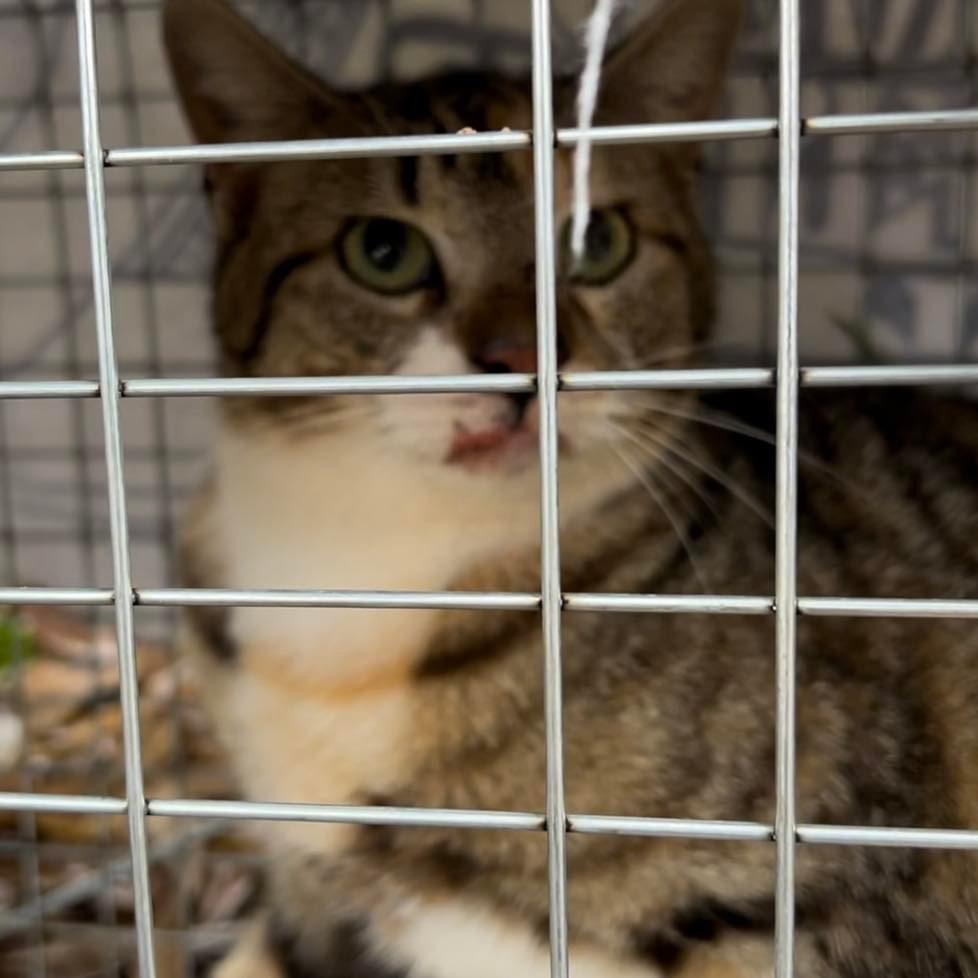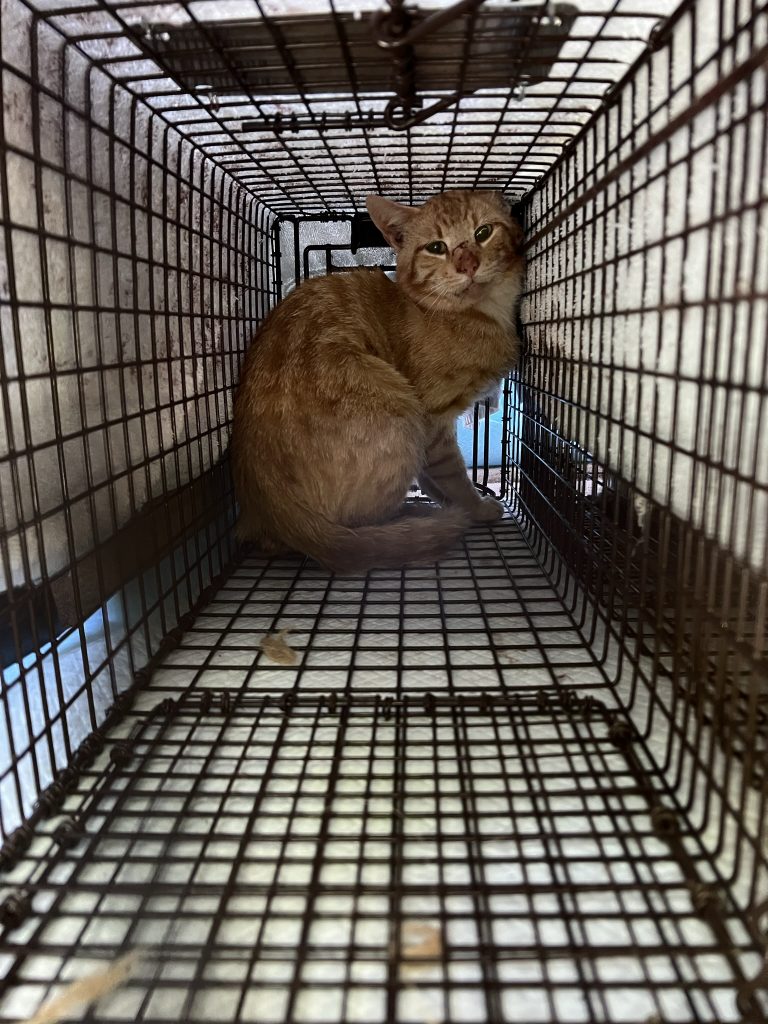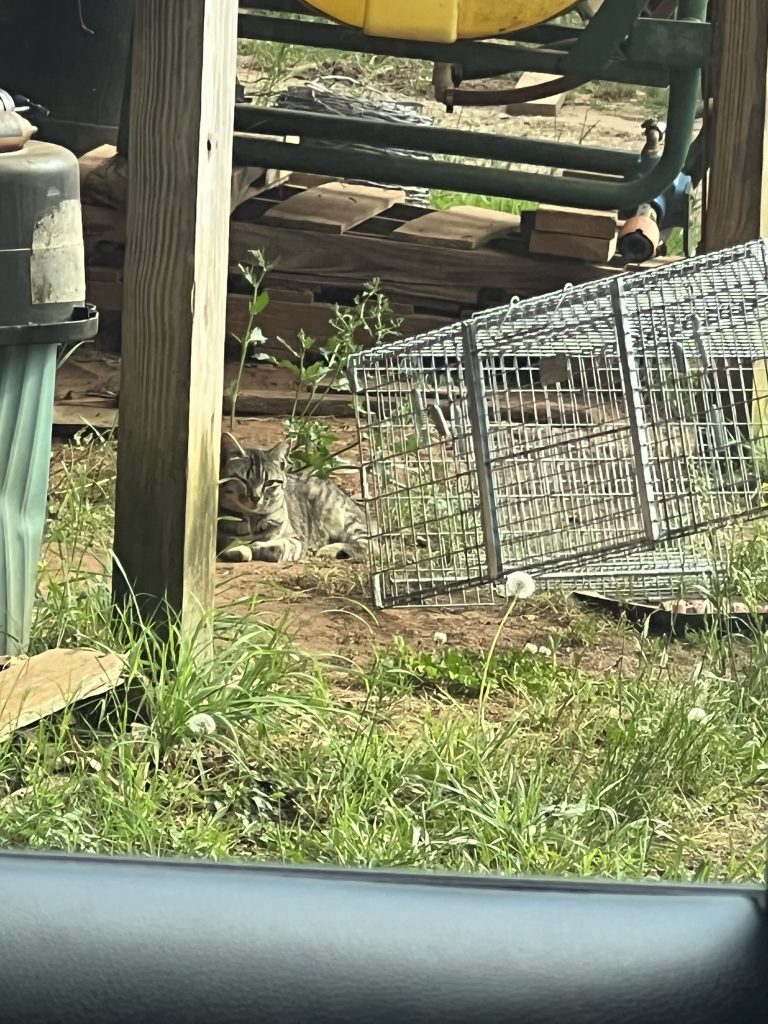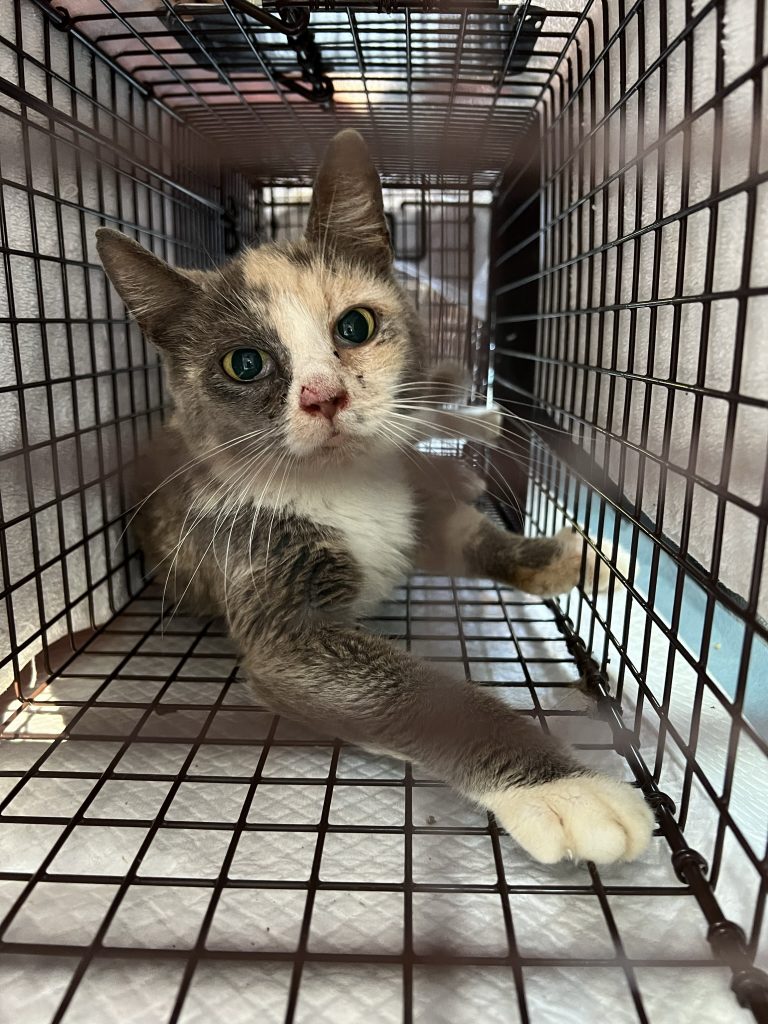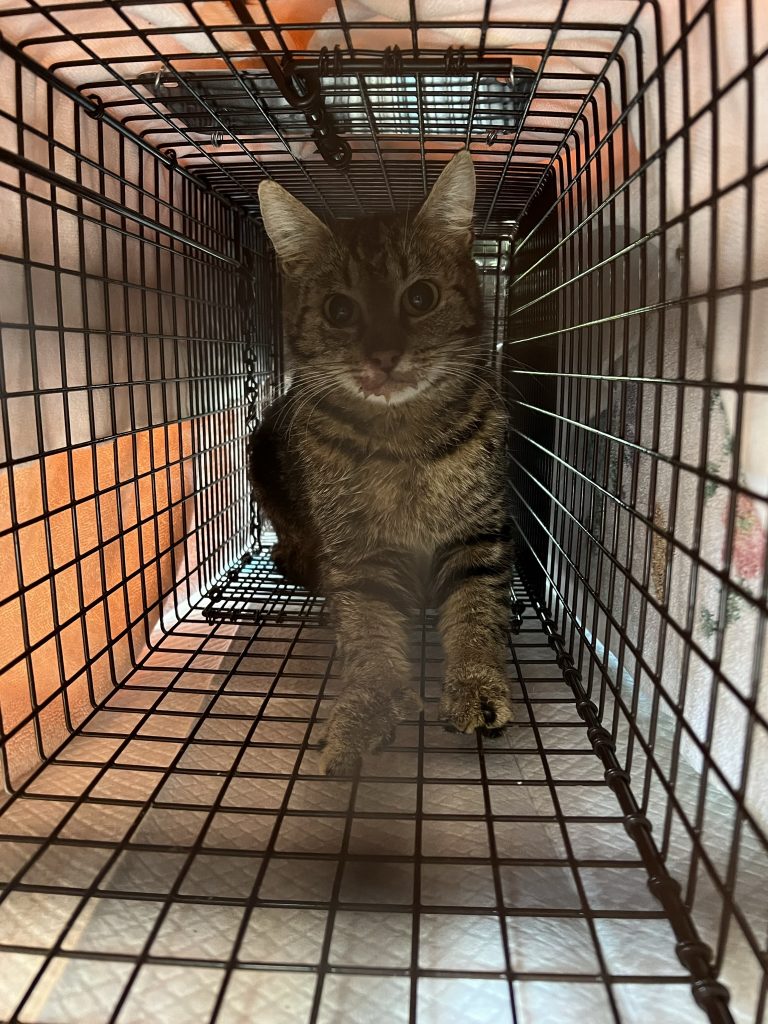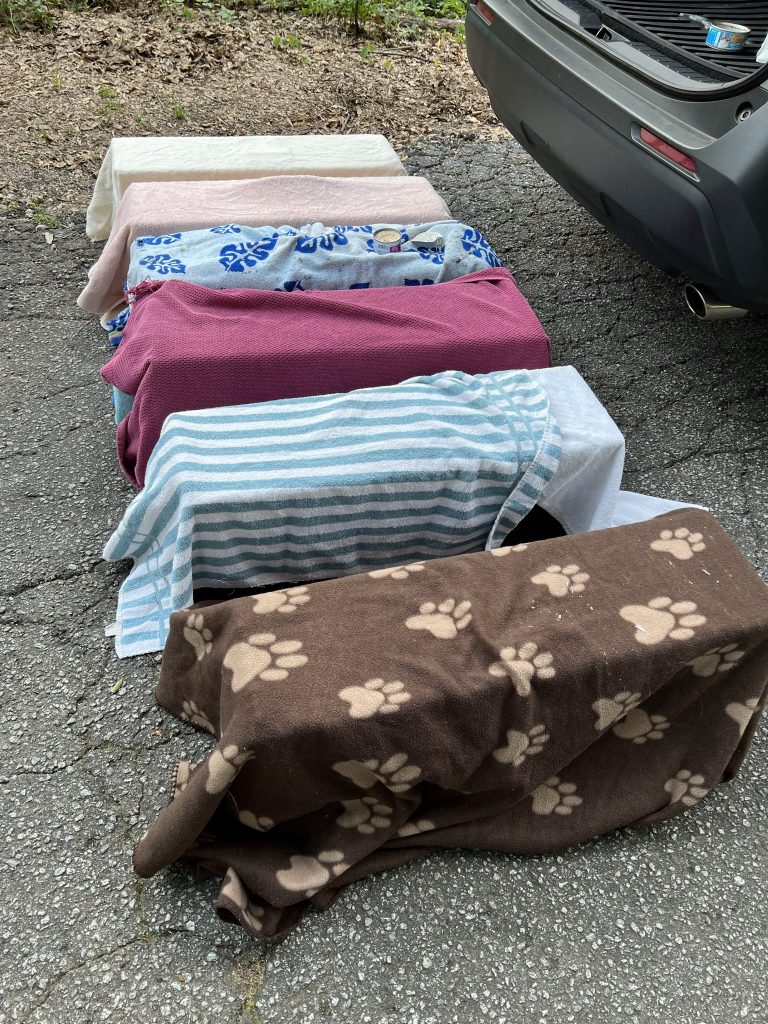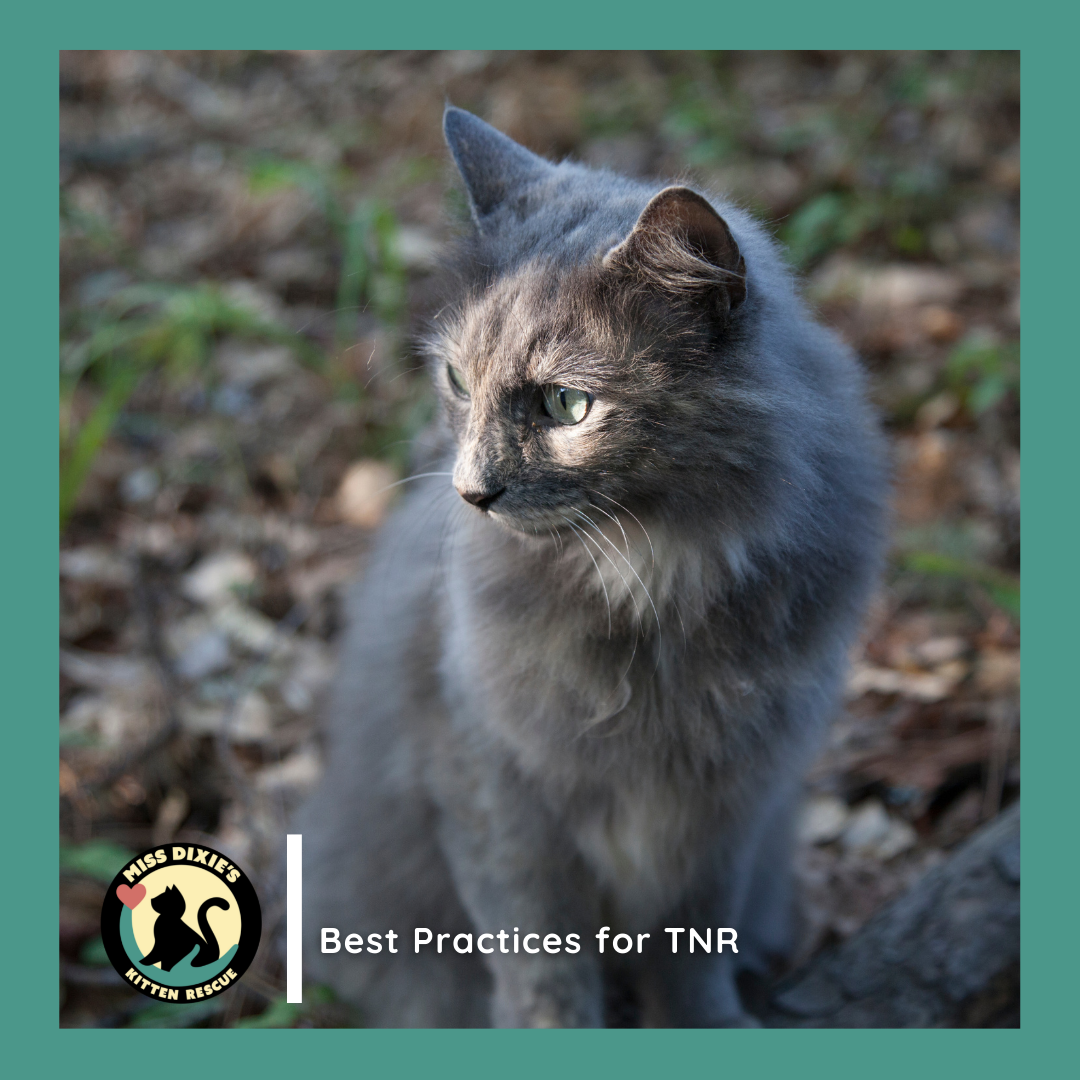One of the questions we’re often asked is how can someone go about a TNR mission on their own. We’ve got the best practices for you, and a list of what you’ll need!
- Have a plan
- Don’t go out and trap just to trap. Always have an exit strategy. Make an appointment at your local spay neuter shelter who will take them in the day that you trap them. Don’t just trap them and then reach out to have someone get them.
- Be understanding when a lot of rescues say no. Sometimes the best option is to wait to get them fixed and schedule it.
- Learn your resources
- If money is an issue or concern, reach out to organizations that may not have the manpower or equipment to trap at every location but do have the funds to do the surgeries. You do everything else but they will pay for the surgery.
- Look up feral programs in your area or existing TNR groups.
- Some counties offer up to 3 vouchers of residents to TNR for free. Others may allow people to bring in as many ferals as you want.
- Don’t be afraid to do it yourself
- Physical Items Needed:
- Box Trap or Drop Trap (can be bought online or found at your local Tractor Supply or Big R Stores.)
- If drop trap, don’t forget the string!
- Bait (the stinkier the better, but make sure you also have what the kitties are used to eating! Some kitties are particular about what they like.)
- Towels! (to cover the traps. Keeps the kitty calm)
- A covered space or enclosed space to hold the cats overnight (an easily sanitizable bathroom OR garage space)
- Pee pads or a tarp (they will use the bathroom)
- Box Trap or Drop Trap (can be bought online or found at your local Tractor Supply or Big R Stores.)
- non -physical things
- An appointment or slot for surgery the next day or day after.
- With hold food 12-24hrs before trapping (need them hungry)
- Time! (some will go fast fast, but some will be very slow. I like to set aside 2hrs)
- Step-by-step
- You want to make contact with the feeder (if you are the feeder, this step is easy). Don’t be afraid to ask around and see if there is someone who comes regularly and at what time. It will be so much easier to TNR everyone if you are working together.
- Make an appointment with a veterinarian, a low-cost spay/neuter clinic or know where you can bring TNR cats to without an appointment. *DO NOT TRAP WITHOUT A PLAN*
- Ask feeder to withhold food for 24hrs prior to trapping. Ideally you want to trap the cats the night before surgery. That way they spend as little time as possible.
- The night before, show up and set all your traps. Again this part might take a few hours. Be patient. The quieter and quicker you can get in, set the traps and get out, the better luck you’ll likely have. *Cat’s don’t like commotion. So inside voices and be as stealth as possible.
- When trapped, make sure that the traps are covered with a towel.
- Make sure you place them on either a peepad or a tarp for the night. They will likely use the bathroom, so to reduce the mess, make sure there is something under them protecting the floor!
- *After surgery*
- *DO NOT RELEASE CATS SAME DAY* There are some instances if a cat is nursing that the facility might direct you to do so, but in all other cases, please hold cats for one more night.
- Once they are awake, make sure to feed them. They will be very hungry at this point.
- Keep them covered with a towel.
- The next morning, bring back to where you trapped them & release!
- Physical Items Needed:
- List of local resources
- Anderson County PAWS (Free for Anderson Co residents):
- Clemson Paw Partners ($)
- Animal Allies in Spartanburg ($ *takes vouchers from Speak for Animals)
- Oconee Humane Society ($ *low-cost clinic coming soon. Currently Offers low-cost vouchers)
- Greenville Humane Society ($ *take vouchers from Speak For Animals)
- Speak for Animals low-cost vouchers ($)
